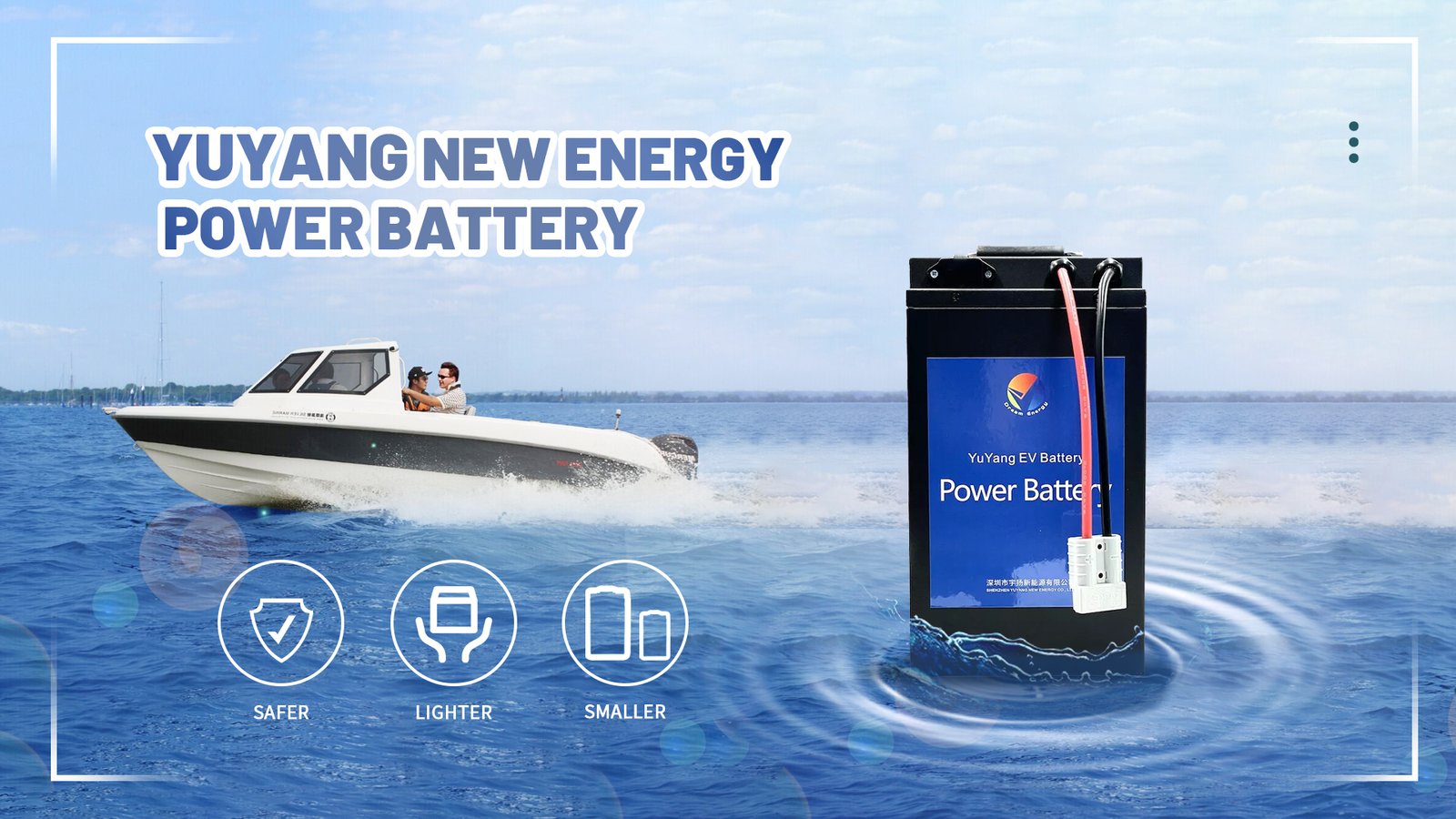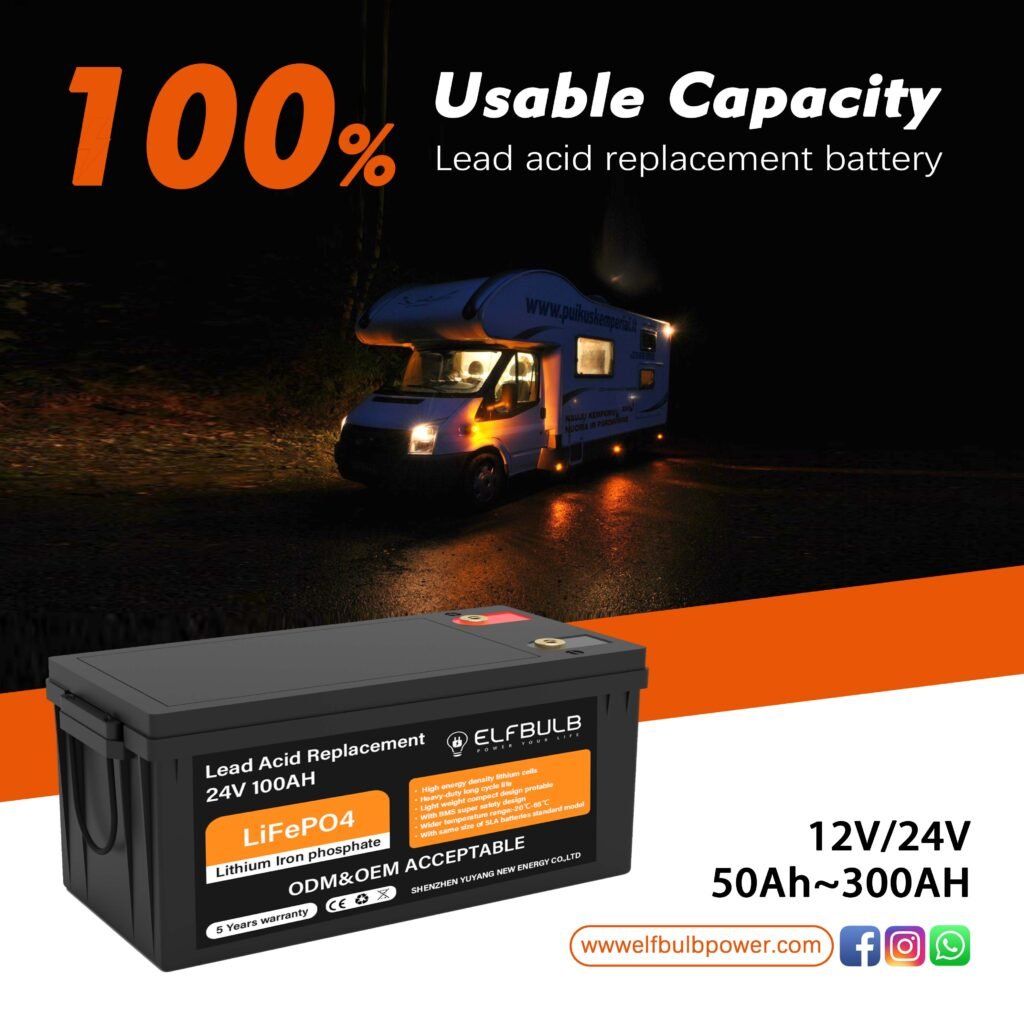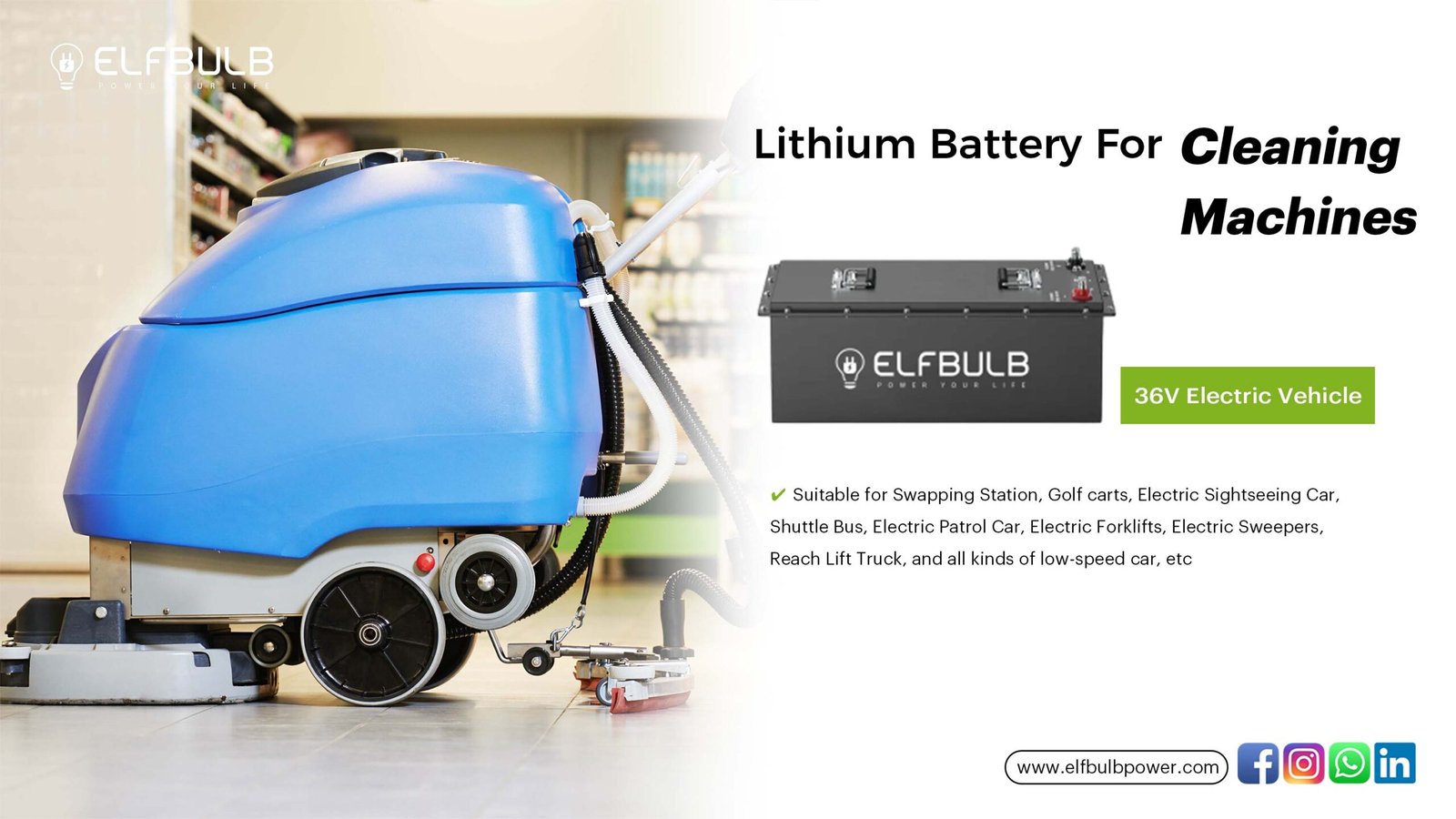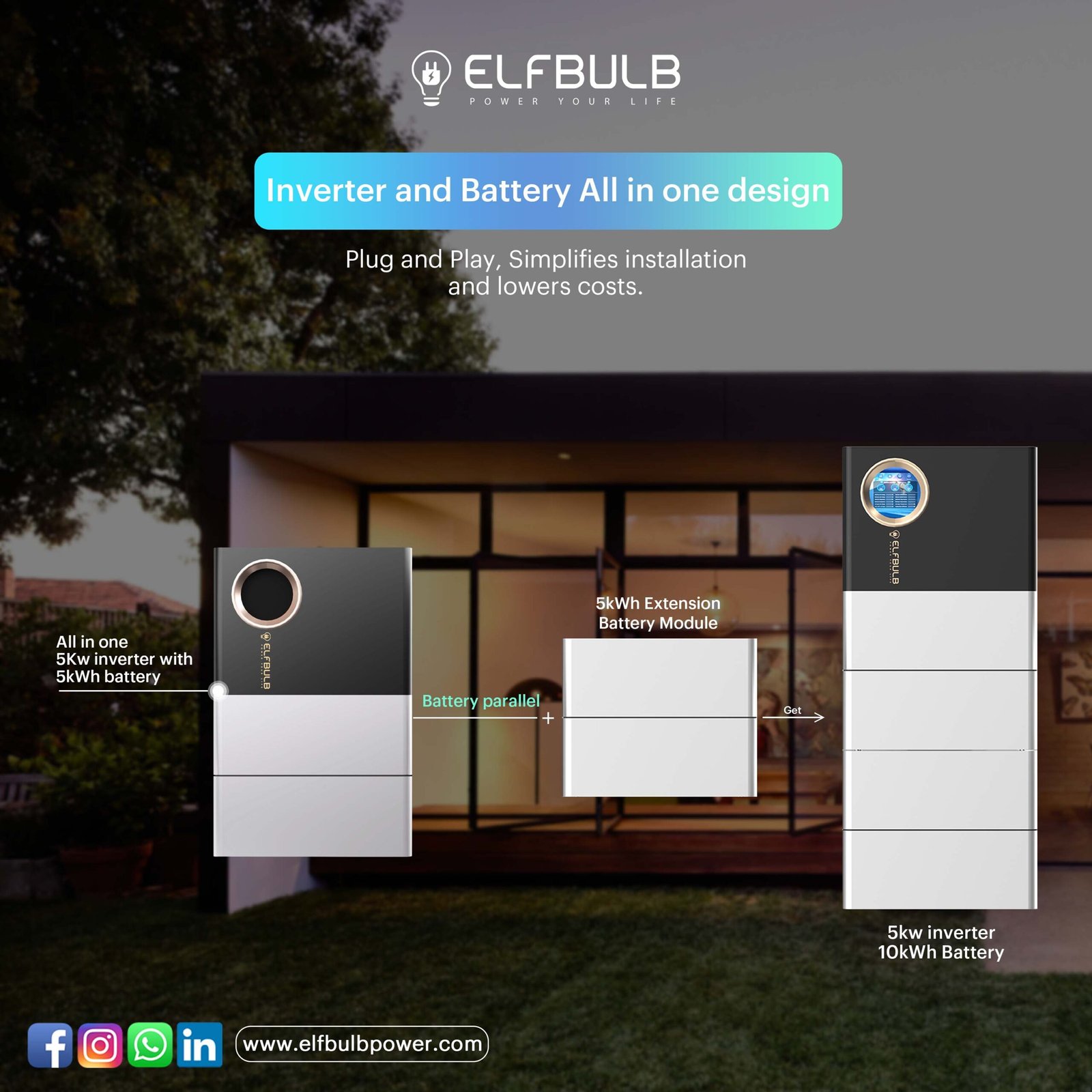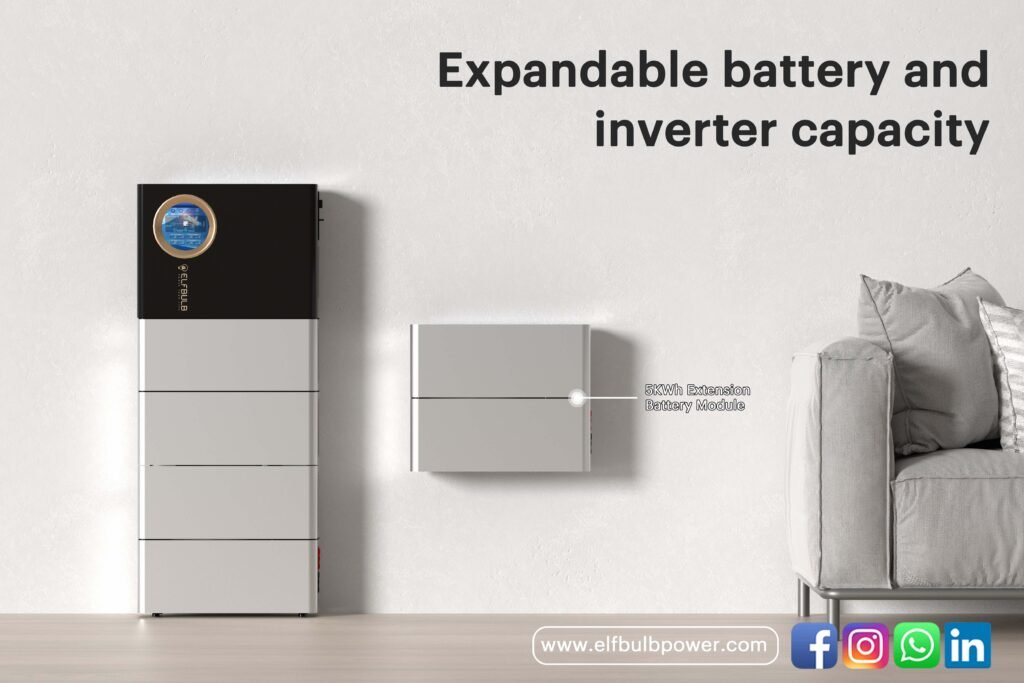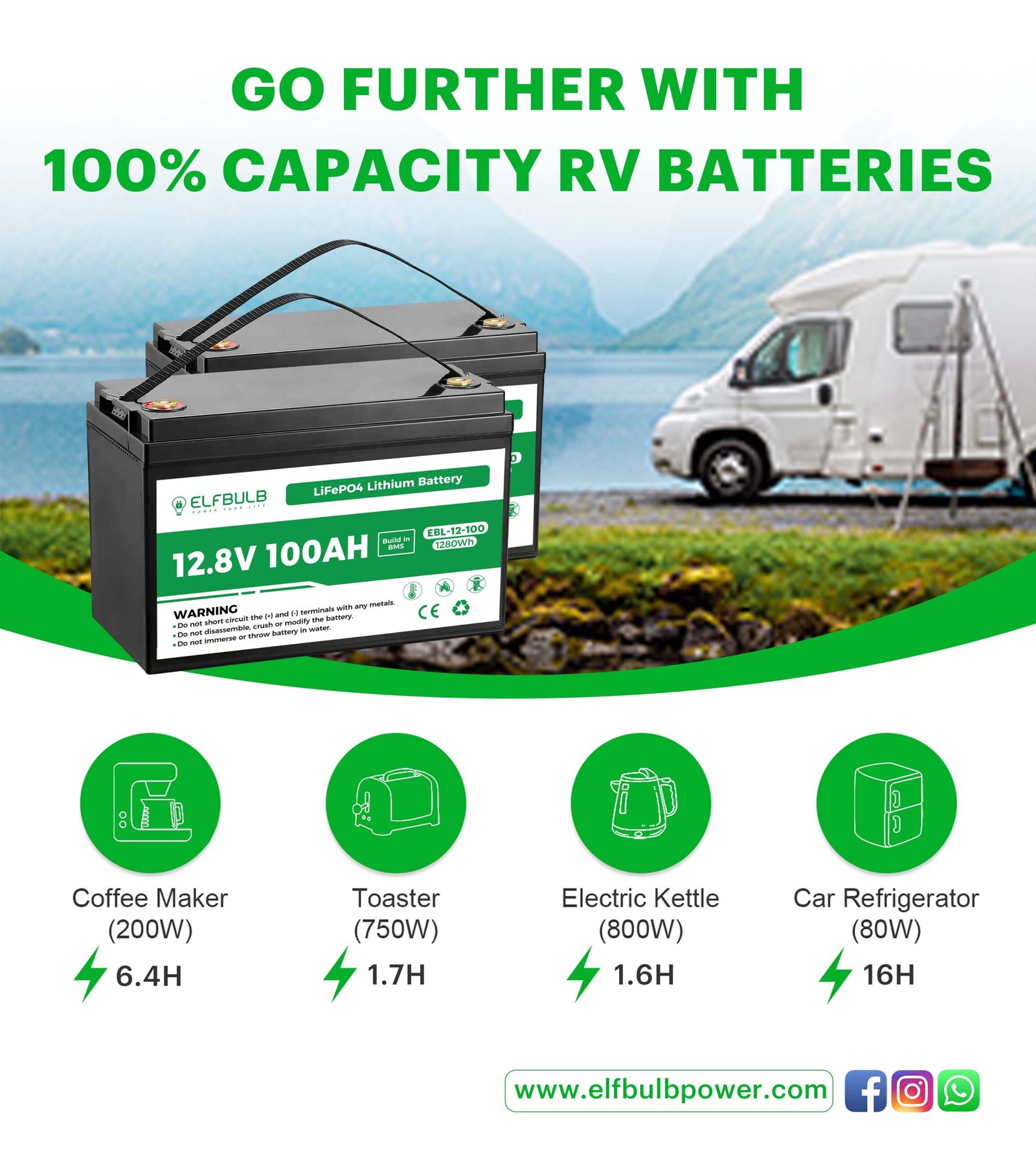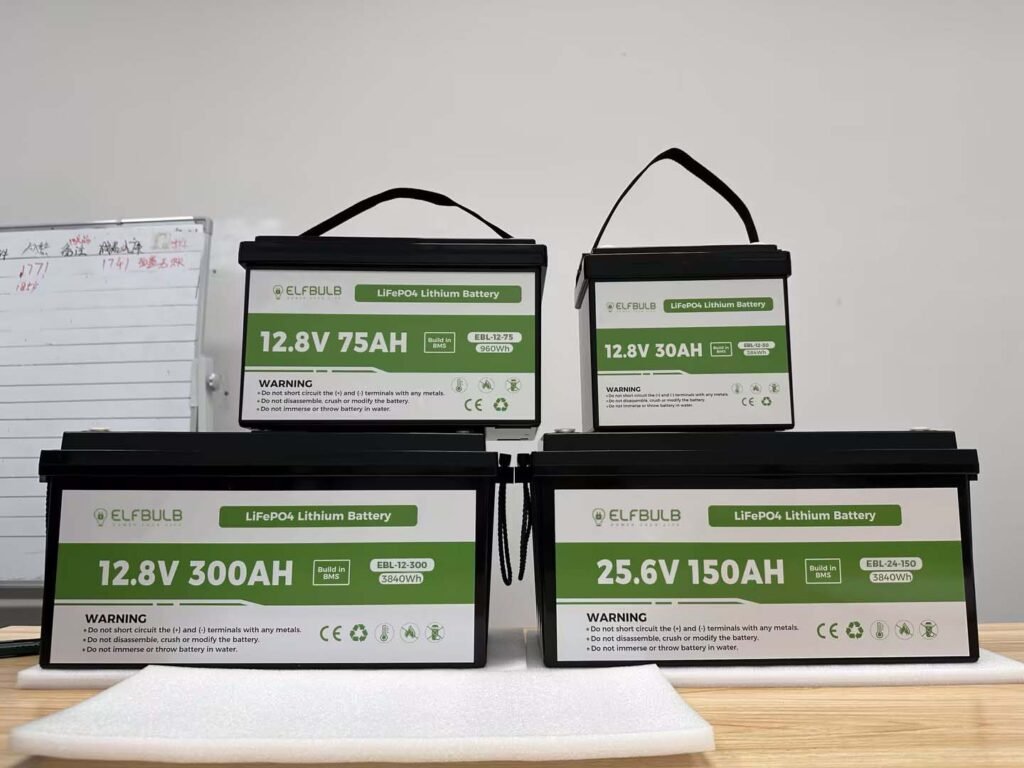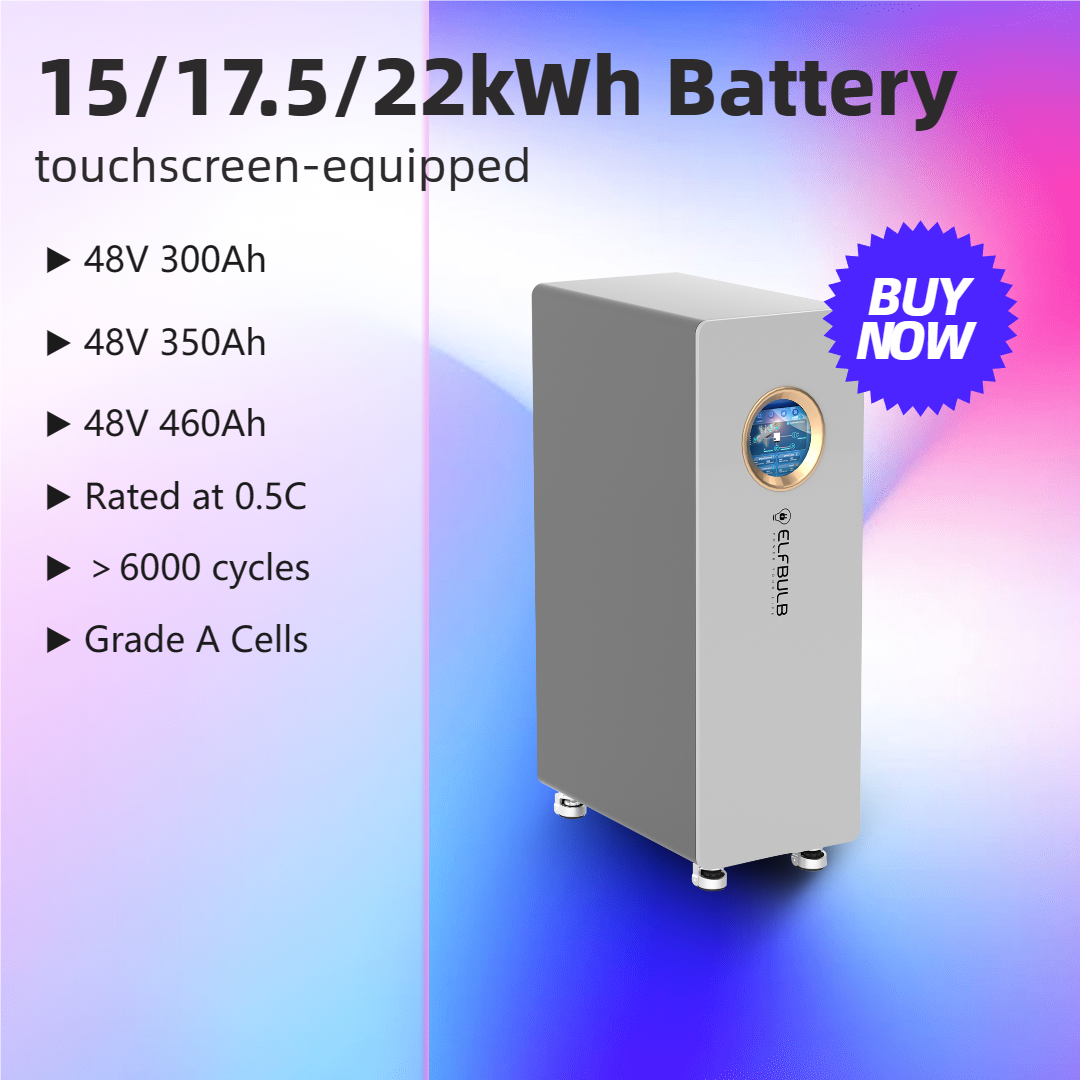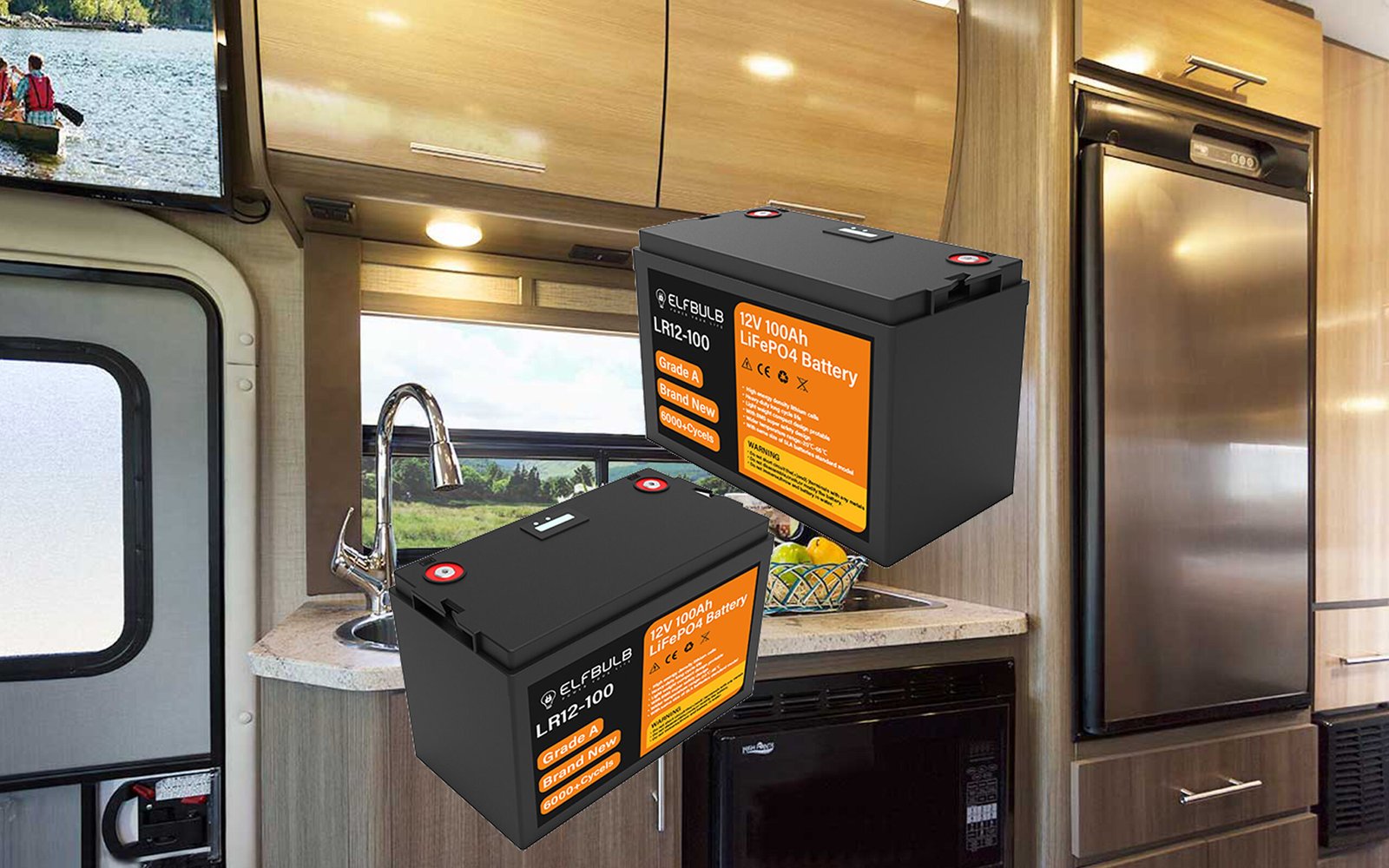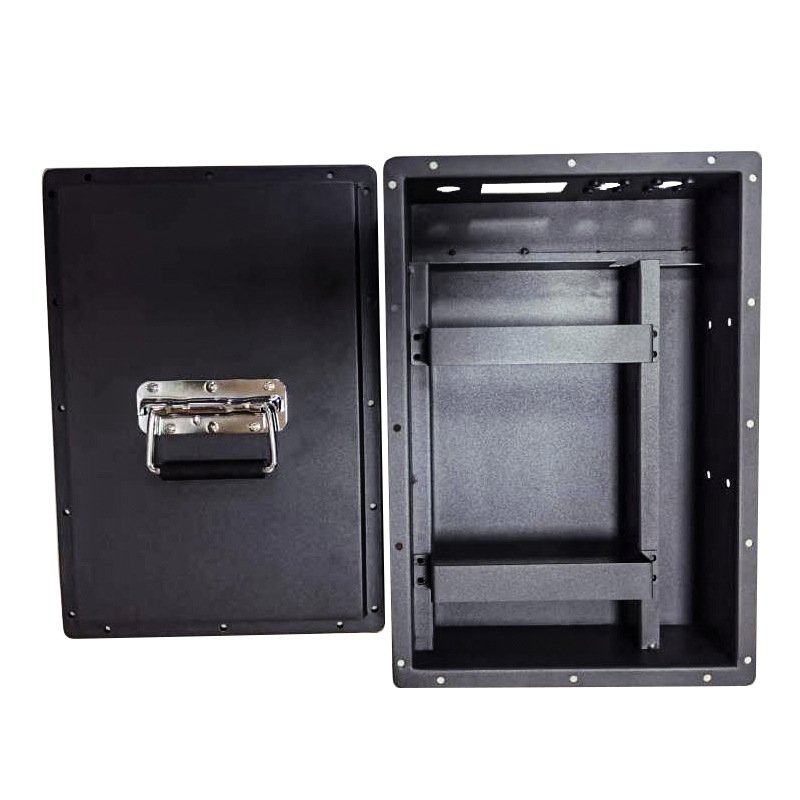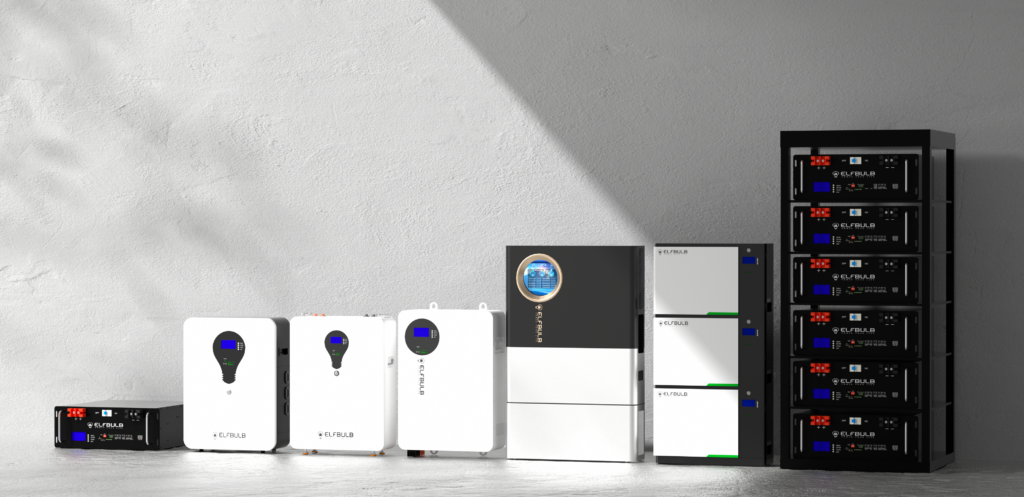The development of various activities at sea and the rise of lithium marine batteries. Lithium batteries offer many advantages over traditional lead-acid batteries, making them a popular choice for boaters of all types.

What are lithium marine batteries?
Lithium marine batteries are rechargeable batteries that give boats enough power and are designed to withstand harsh marine environments.
What are the benefits of lithium marine batteries?
There are many benefits to using lithium marine batteries, including:
- Longer lifespan: Lithium marine batteries typically have a lifespan of 10 years, compared to 3-5 years for lead-acid batteries.
- Faster charging: Lithium marine batteries can be charged up to 80% in just 30 minutes, rated at 1c, compared to several hours for lead-acid batteries.
- Lighter weight: Lithium marine batteries are significantly lighter than lead-acid batteries, which can improve the performance of your boat.
- Deeper discharges: Lithium marine batteries can be discharged to a lower depth without damaging the battery, which gives you more usable power.
- Maintenance-free: Lithium marine batteries are maintenance-free, meaning you don’t need to check the water levels or add electrolyte.

What are the drawbacks of lithium marine batteries?
The main drawback of lithium marine batteries is cost. They are typically more expensive than lead-acid batteries. However, the longer lifespan and other benefits of lithium marine batteries can make them a worthwhile investment in the long run.
Are lithium marine batteries safe?
Lithium marine batteries are safe when used properly. However, it is important to follow the manufacturer’s instructions carefully.
How to choose the right lithium marine battery for your boat?
There are a few factors to consider when choosing a lithium marine battery for your boat, including:
- The size of boat: The size of the battery you need will depend on the size of your boat and the amount of power you need.
- The type of boat : Different types of boats have different power requirements. For example, sailboats typically need less power than motorboats.Need to know your boat power.
- Your budget: Lithium marine batteries can range in price from a few hundred dollars to several thousand dollars.
Tips for using lithium marine batteries
Here are a few tips for using lithium marine batteries:
- Use a lithium-specific charger: Do not use a lead-acid charger to charge a lithium marine battery.
- Don’t let the battery fully discharge: Lithium marine batteries should not be discharged below 20%.
- Store the battery in a cool, dry place: Extreme temperatures can damage lithium marine batteries.
Conclusion
Lithium marine batteries are a great choice for boaters looking for a powerful, reliable, and maintenance-free battery. With longer life, faster charging times and lighter weight, the buying and selling of lithium marine batteries is sure to become even more popular in the coming years.

